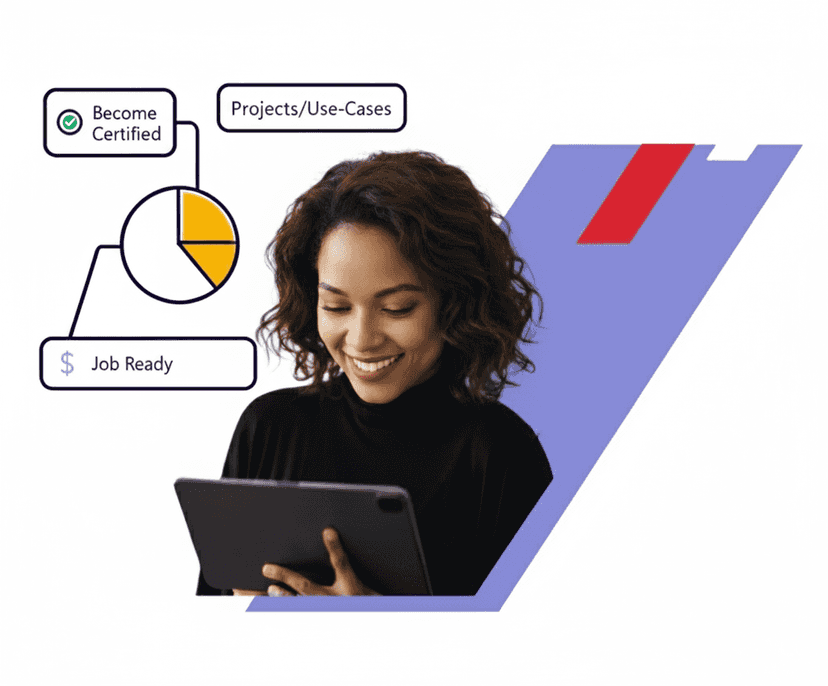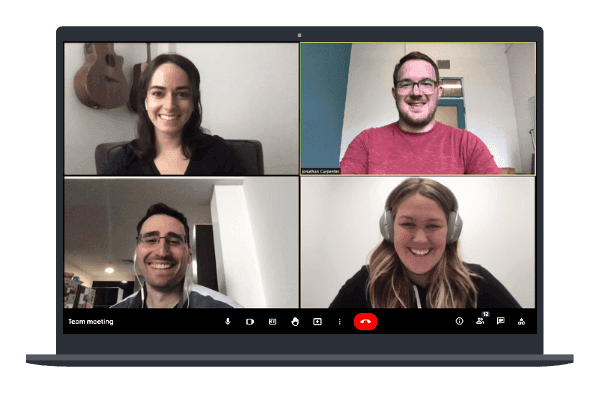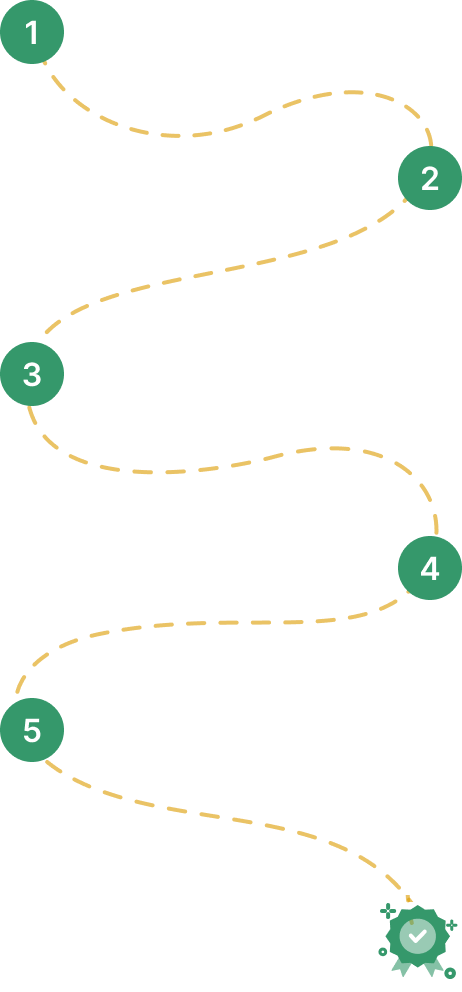- Home
- IOT Courses
- IoT Training


Real-time Use cases | 24/7 Lifetime Support | Certification Based Curriculum |
Flexible Schedules | One-on-one doubt clearing | Career path guidance |
IoT Training in Hyderabad by Mindmajix enables you to deduce actionable and meaningful understandings useful for different crucial and beneficial reasons. It provides an overview of the IoT environment, different technologies utilized in IoT, and standards associated with the Internet of Things(IoT). Our live projects and practical scenarios help you get an in-depth understanding of RFID, Z-Wave, Bluetooth Smart Technology, Home Automation Profile, Smart Energy Profile, sensor networks, CDMA, and Ethernet. This IoT training in Hyderabad also covers python programming commands, lifecycle solution management, GPIO commands, Integration with IT systems, and PWM Application. Enroll in our IoT online training in Hyderabad to get best-in-class training.
You will be exposed to the complete IoT Trainingcourse details in the below sections.
By the end of IoT training, you will get in depth understanding of IoT applications.
Mindmajix offers advanced IoT interview questions and answers along with IoT resume samples. Take a free sample practice test before appearing in the certification to improve your chances of scoring high.
Most of the IoT Jobs in the industry expect the following add-on skills. Hence, we offer these skills-set as FREE Courses (Basics) to ease your learning process and help you stay ahead of the competition.
Our IoT Training course aims to deliver quality training that covers solid fundamental knowledge on core concepts with a practical approach. Such exposure to the current industry use-cases and scenarios will help learners scale up their skills and perform real-time projects with the best practices.
30 hrs of Self-Paced Videos
$ 120Save20%
$ 150
Get Full Access
30 hrs of Remote Classes in Zoom/Google meet
2025 Batches
Start - End
Local Time
Weekend
Dec 27 - Jan 11
07:00 PM
Weekdays
Dec 30 - Jan 14
07:00 PM
Weekend
Jan 03 - Jan 18
09:00 AM
Weekdays
Jan 06 - Jan 21
09:00 AM
Customize your schedule here
$ 260Save20%
$ 325
Empower your team with new skills to Enhance their performance and productivity.

Passing IoT Quizzes & Assessment exams is mandatory to attain the IoT Course Completion certificate

Learn from the certified and real time working professionals.

Peter Fernandes , having 5+ yrs of experience
Specialized in:Internet of Things
Peter Fernandes has got 5+ of years of industrial experience working for global MNCs. He chose to deliver online training and contribute informative articles and blogs to various websites to share his technical expertise.
Student
Student
Student
Lead - Salesforce Cloud, D&IT
Senior Technical Manager
Global Head of Infra, Security and Networks,
Business Analyst at American Red Cross, Culpeper, Virginia, United States
IT Business Systems Analyst, Sales Applications • CX GTM Global Program Manager - WomenConnect
Team Leader - DB Admin


Our work-support plans provide precise options as per your project tasks. Whether you are a newbie or an experienced professional seeking assistance in completing project tasks, we are here with the following plans to meet your custom needs:
To meet the learning needs of people spread across various geographical locations, we are offering our high-quality training services at the location of your choice to ensure you obtain maximum impact for your training investment. Choose your city below.
